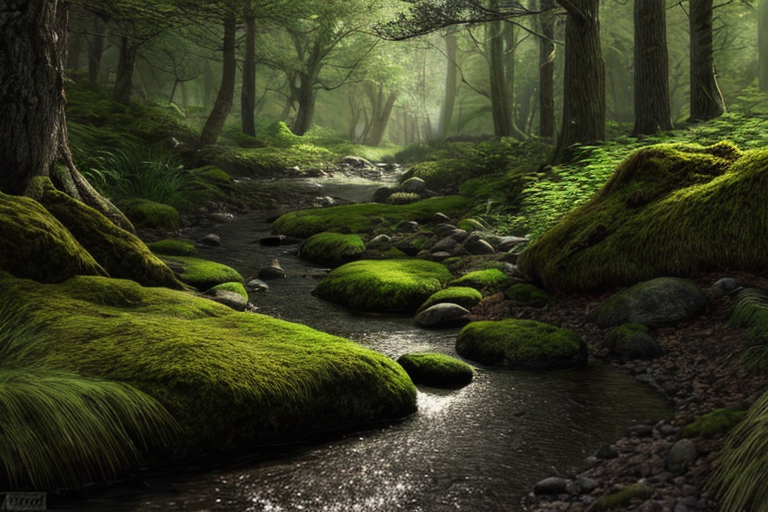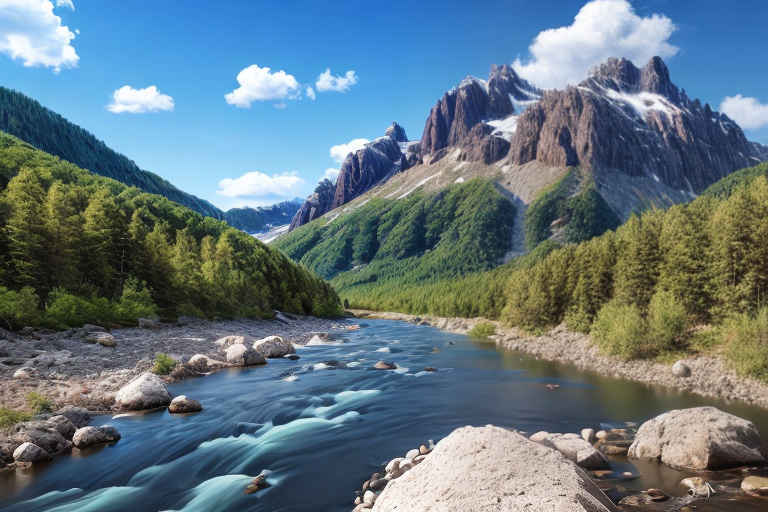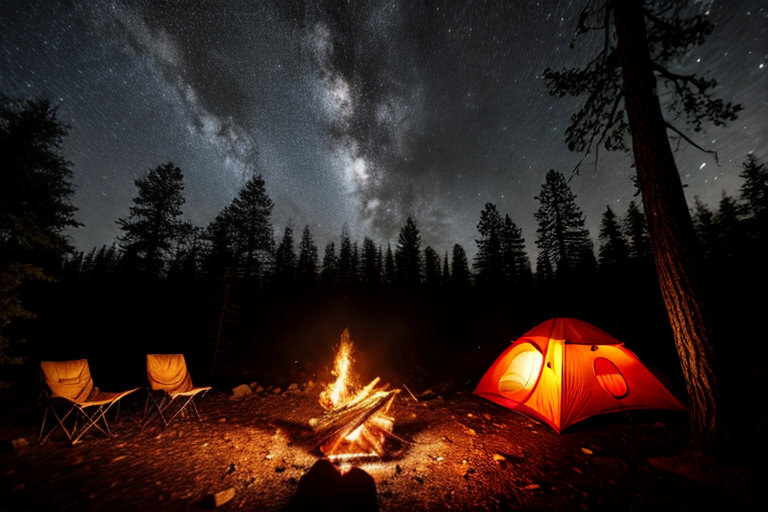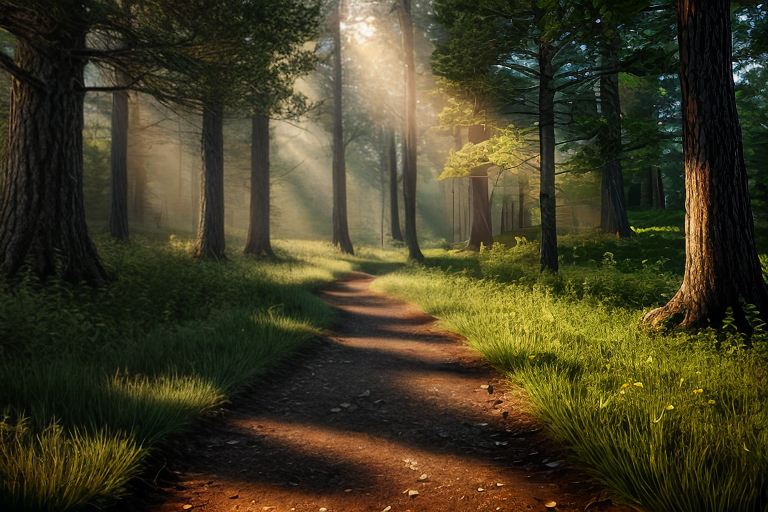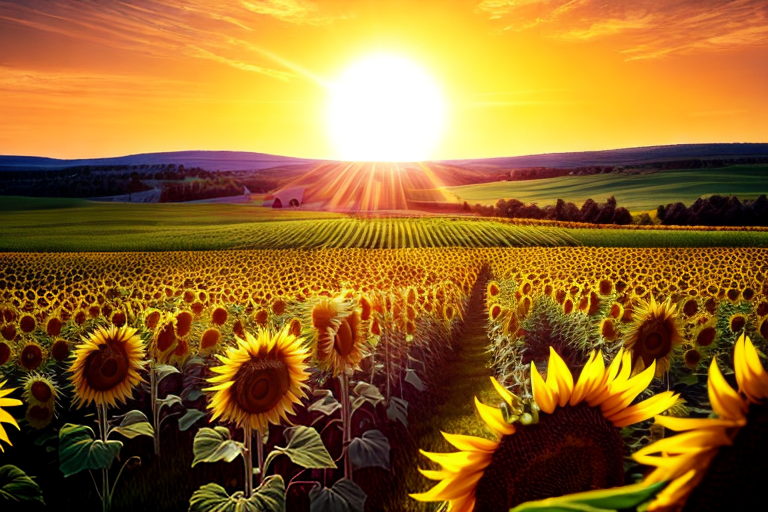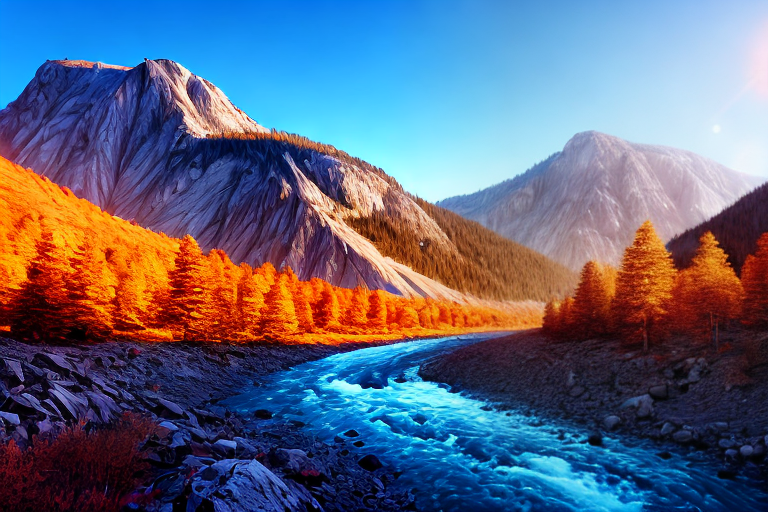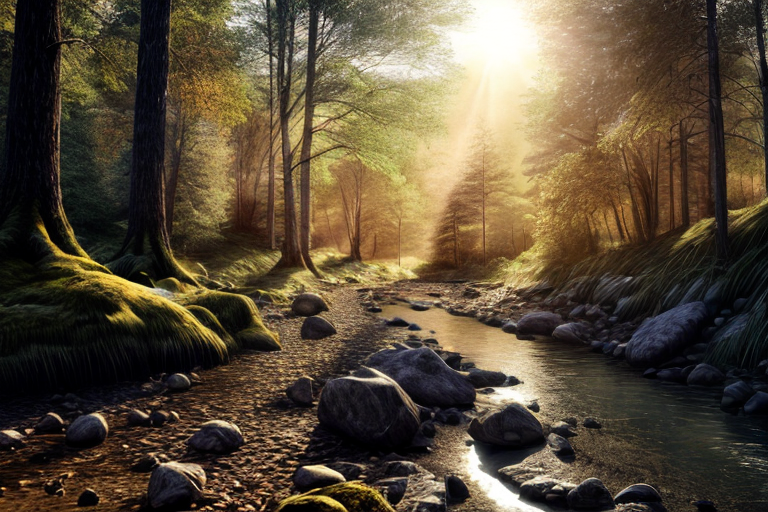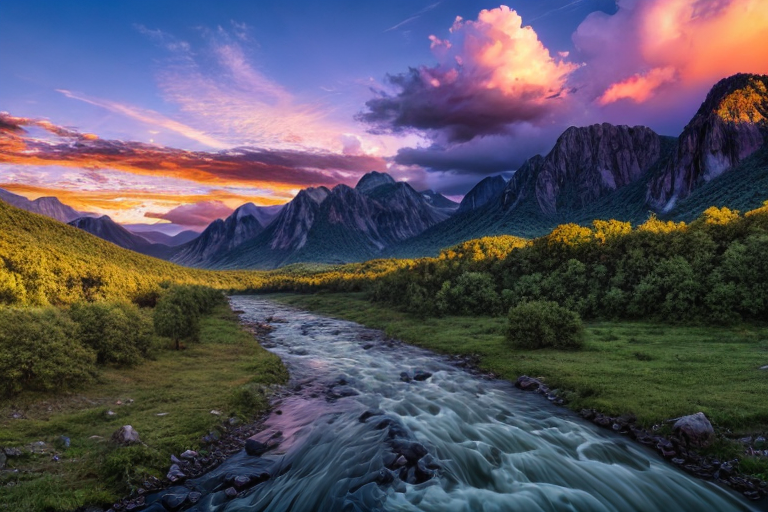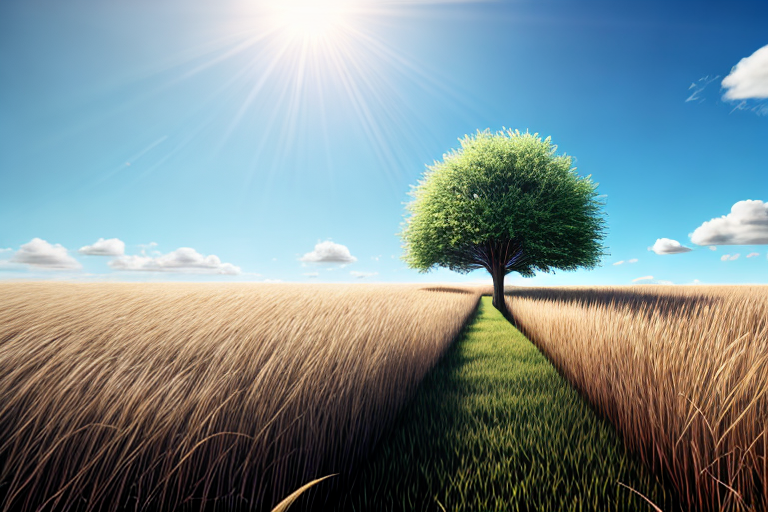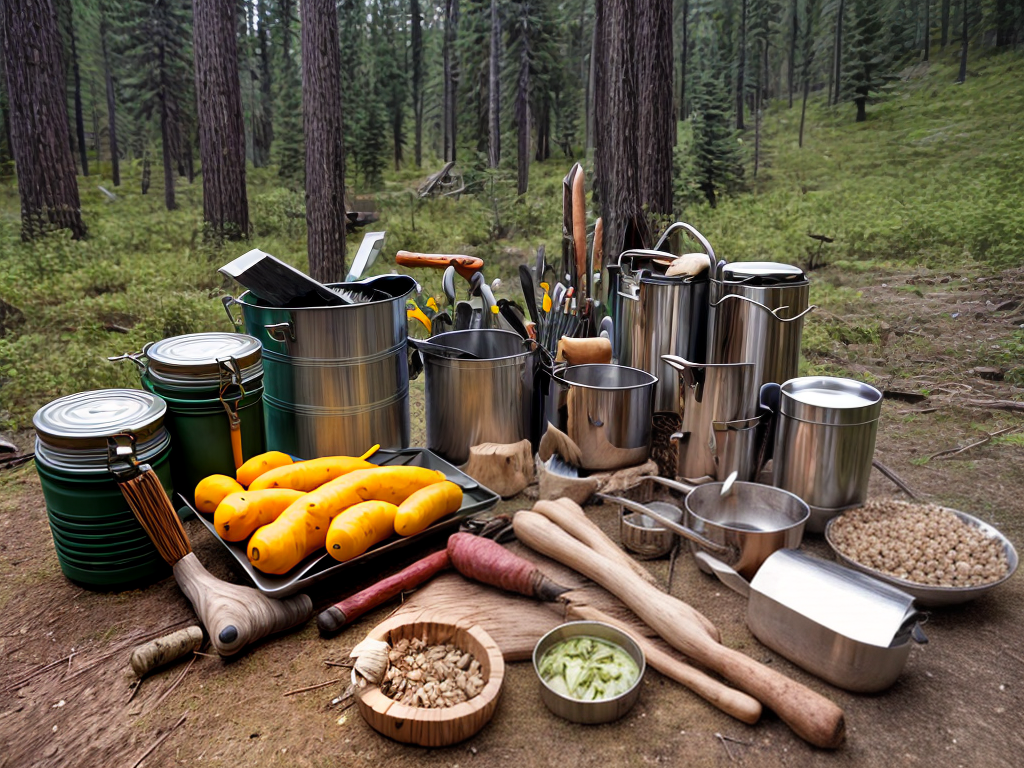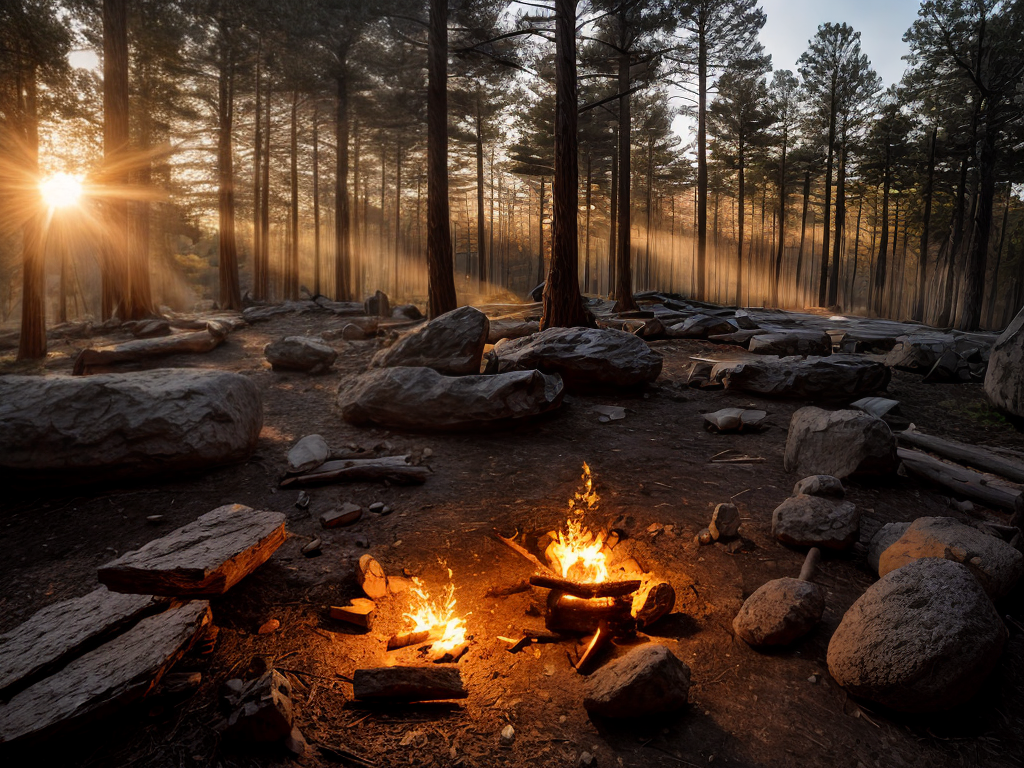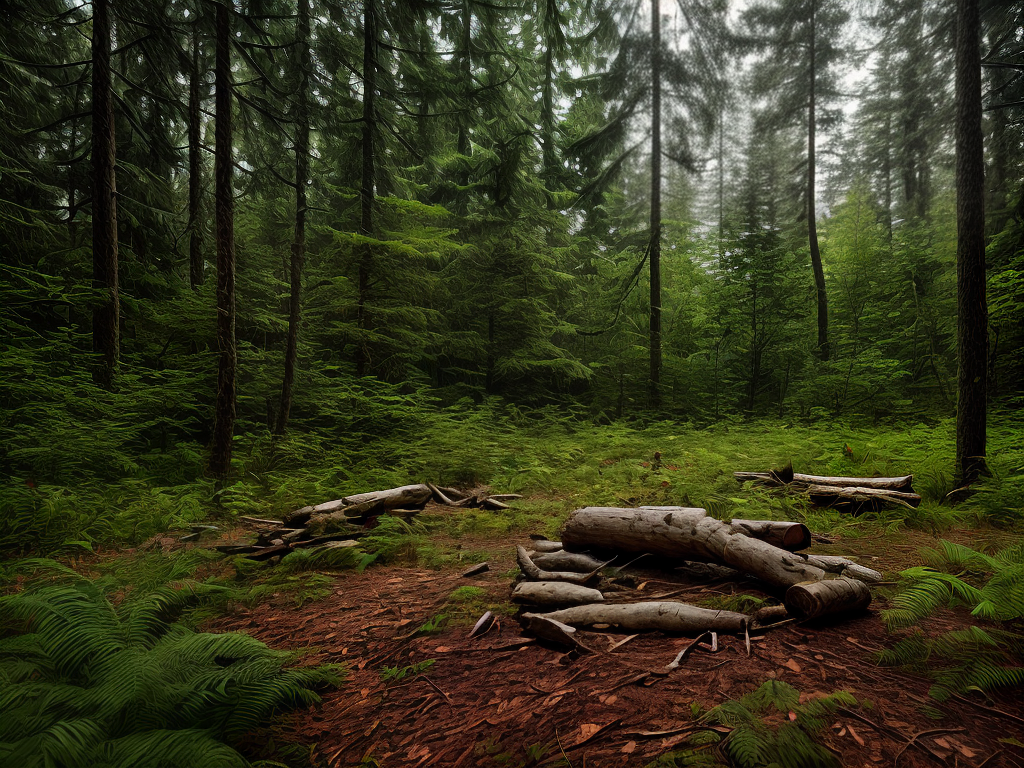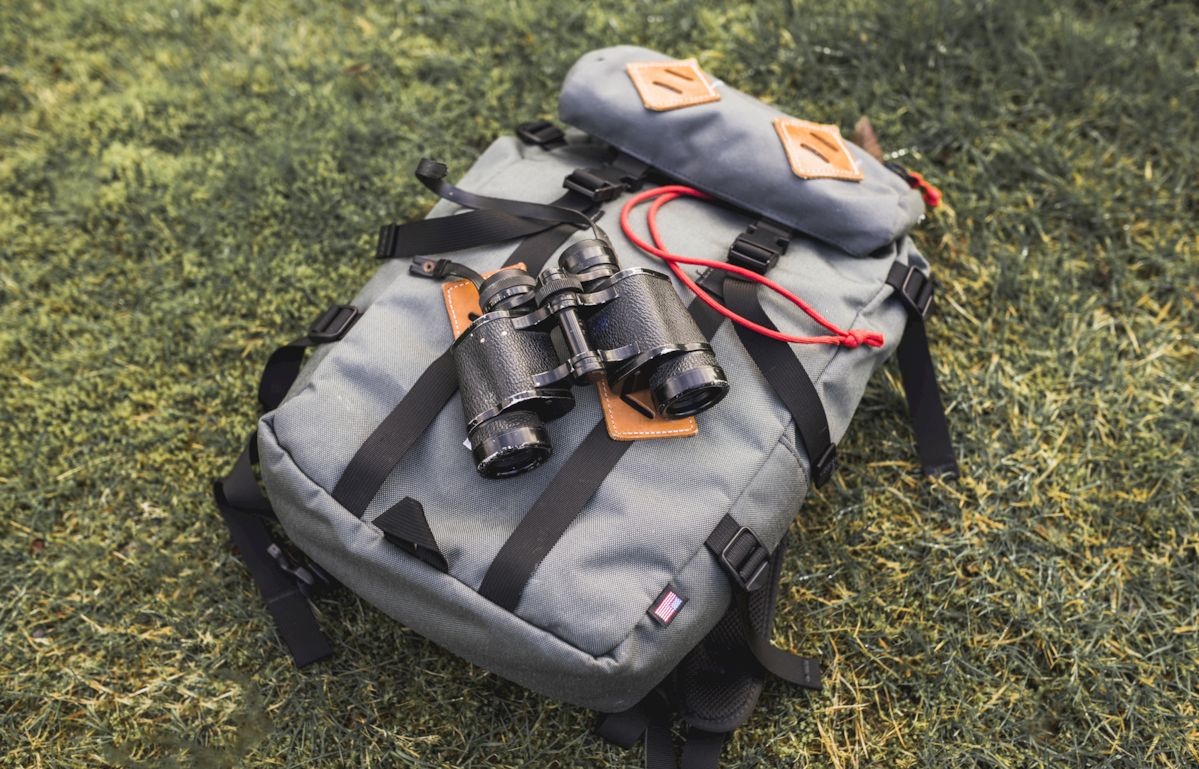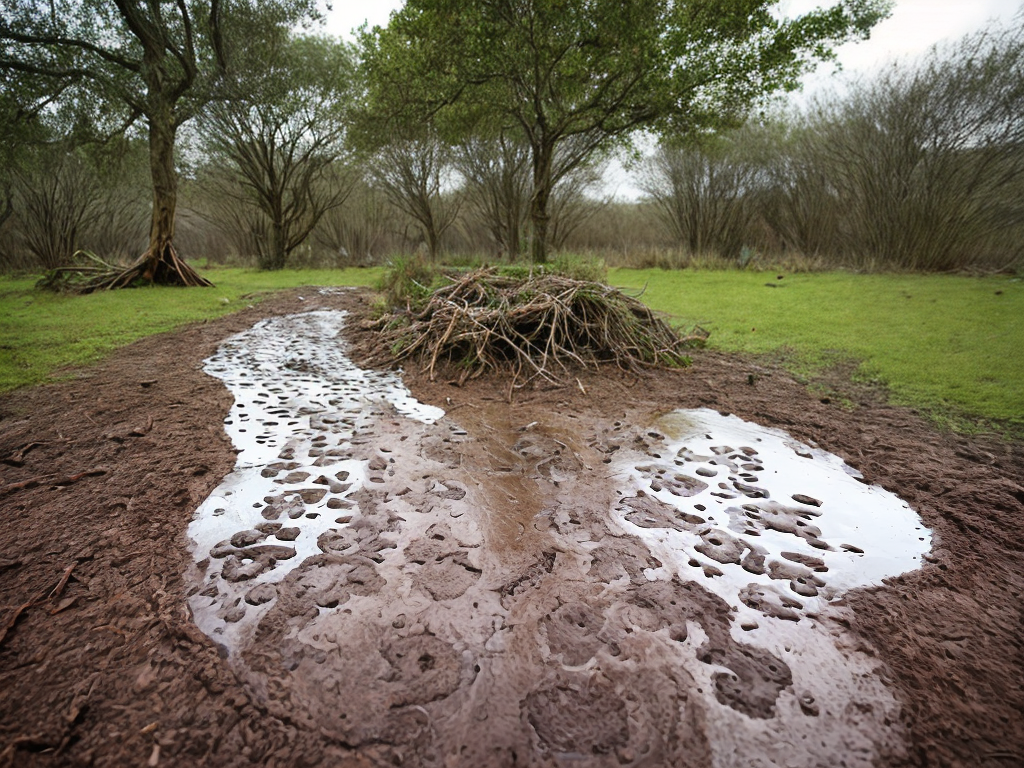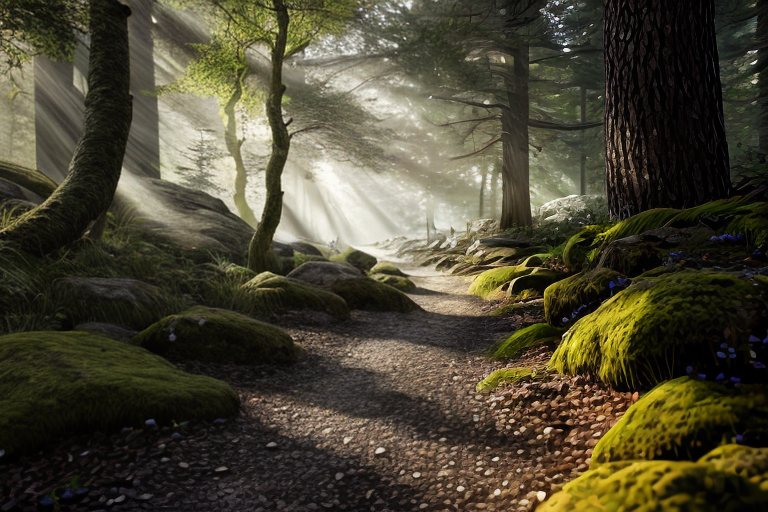
Foraging is the ancient practice of exploring natural habitats to discover wild edible plants. This age-old tradition has sustained humans for generations, providing a reliable and nourishing food source.
Before embarking on a foraging journey, it is crucial to gain comprehensive knowledge about the plants you intend to seek.
Conduct thorough research and become familiar with the local flora, including the specific edible plants prevalent in your surroundings.
Accurately identifying edible plants is a fundamental aspect of foraging. It is vital to distinguish between edible plants and their toxic counterparts, requiring meticulous observation and familiarity with various plant attributes such as leaves, stems, flowers, and fruits.
When engaging in foraging, remember to consider the following guidelines:
– Obtain proper knowledge and research on the edible plants in your area
– Carefully distinguish between edible and toxic plants based on their characteristics
– Respect nature and forage responsibly, ensuring sustainable practices.
Click here to learn more Survival Tips from Pro Outdoor Survival
Benefits of Wild Edible Plants
its astonishing how wild edible plants can nourish our bodies and foster a deep connection with nature. Exploring the realm of wild plant cuisine opens up a whole new range of flavors and nutritional benefits.
From recipes using wild plants to their medicinal uses, these natural treasures offer a multitude of possibilities.
Harvesting edible plants from the wild allows us to tap into the abundance of the environment, discovering new species and incorporating them into our meals.
its crucial to approach this activity with caution and respect, following safety guidelines and utilizing a dependable foraging guide. By embracing the wonders of wild edible plants, we can unlock a world of sustainable and enriching experiences.
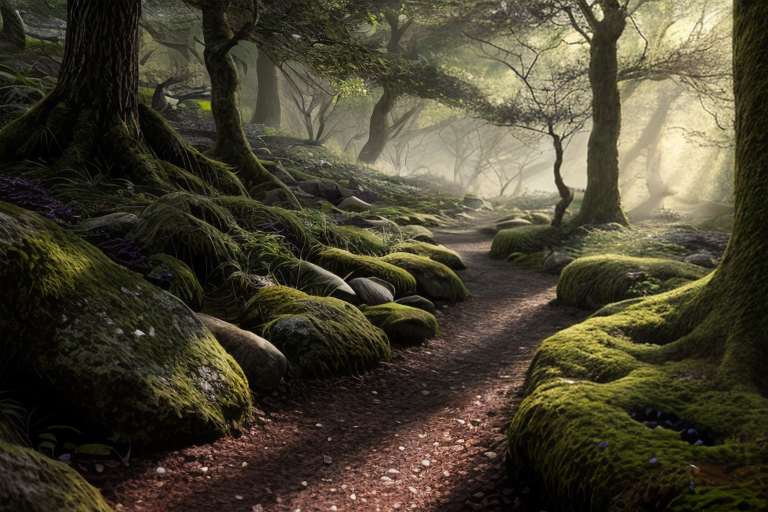
Identifying Safe and Edible Plants
When it comes to exploring the world of wild edible plants, it is crucial to possess the skill of identifying safe and edible plants. This involves understanding how to differentiate between various types of leaves, flowers, and fruits, as well as knowing how to distinguish between edible and poisonous plants.
It is also important to consider the environment in which these plants grow.
Different regions have their own unique flora, so it is essential to familiarize yourself with local plant species and their edible counterparts.
It is crucial to be aware of potential factors like pollution or pesticide use that may affect the safety of the plants you forage for.
Essential Tips for Foraging
Foraging, an ancient practice of gathering wild plants and natural resources from the environment, is highly valuable for individual’s looking to reconnect with nature and enjoy the benefits of fresh, organic food. As a beginner in the world of foraging, understanding a few essential tips is crucial.
First and foremost, educating yourself about the plants in your vicinity is key.
Being able to identify edible plants and distinguish them from potentially harmful look-alikes ensures both safety and enjoyable foraging experiences.
Engaging in sustainable and ethical foraging practices by taking only what is necessary and respecting the environments regenerative capabilities is vital. Timing your foraging excursions to align with the prime seasons of different plants guarantees optimum quality and flavors.
Starting with small foraging endeavors and gradually expanding your knowledge of plants will boost confidence and enhance your foraging ventures. Consider joining a local foraging group or participating in activities focused on wild plant conservation to contribute towards preserving wild plant species and enhancing wild plant diversity in the ecosystem.
Incorporating Wild Edible Plants
Incorporating Wild Edible Plants into Your Meals: A Flavorful Adventure
By embracing the culinary and nutritional possibilities of wild edible plants, you can embark on a flavorful adventure that not only tantalizes your taste buds but also contributes to the preservation of the wild plant ecosystem services. It is crucial to practice responsible gathering, respecting the regenerative capabilities of local ecosystems.
Diversifying your culinary creations by foraging in different seasons and climates respects the natural cycles of wild plants. So why not explore the abundant and diverse world of wild edible plants, utilizing sustainable foraging practices, to not only add a touch of unique flavor to your diet but also contribute to the wild plant ecosystem services and promote responsible and ethical foraging in different seasons and in local ecosystems across different climates?.
Health Risks of Foraging
Foraging for wild edible plants can be an exciting and gratifying experience, connecting us with nature and instilling a sense of self-sufficiency. its crucial to be mindful of the potential health risks associated with gathering.
One of the primary concerns when foraging is the danger of misidentifying plants.
Consuming the incorrect plant can range from causing mild digestive discomfort to severe poisoning.
Thus, it is crucial to thoroughly educate yourself on the plants you intend to gather and consult with an expert or guide if you have any uncertainties about their identification.
Another health risk of foraging is the potential for contamination.
Wild plants can come into contact with various pollutants, such as pesticides, heavy metals, and animal waste. Therefore, it is essential to gather plants from areas that are recognized for their cleanliness and freedom from contamination. Employing proper washing and cleaning techniques can ensure the safety and quality of foraged wild mushrooms and berries.
Best Locations for Foraging
When searching for the best locations for foraging, there are a few key factors to consider. First, its important to be mindful of the impact your foraging activities may have on the ecosystem.
Minimizing negative effects is crucial for the sustainability of wild edible plants.
Understanding the seasonality of these plants is essential.
Different plants have different growing seasons, so knowing when they are at their peak for harvesting will increase your chances of finding abundant and high-quality wild edibles.
Educating yourself on proper identification and harvesting techniques is also beneficial.
A reliable foraging guide can provide valuable information on plant identification, harvesting methods, and potential look-alike plants to avoid. This will enhance your foraging experience and ensure your safety.
Consider the diversity of plant life, the presence of native and non-invasive species, and the seasonality of wild edibles when searching for optimal foraging locations. By following these guidelines, you’ll have a successful and sustainable foraging experience for wild fruits and seeds.
Supporting Facts for Foraging
- Minimizing negative effects on the ecosystem is crucial for the sustainability of wild edible plants.
- Different plants have different growing seasons, so knowing when they are at their peak for harvesting will increase your chances of finding abundant and high-quality wild edibles.
- Educating yourself on proper identification and harvesting techniques will enhance your foraging experience and ensure your safety.
- Considering the diversity of plant life, the presence of native and non-invasive species, and the seasonality of wild edibles are important factors to find optimal foraging locations.
Sustainable and Responsible Foraging
Sustainable and responsible foraging offers a multitude of opportunities to explore the natural world and discover a variety of wild treasures. For those seeking to add a touch of culinary adventure to their meals, searching for wild condiments, sweeteners, and thickeners can be a game-changer.
Imagine the savory flavors of freshly picked herbs, or the natural sweetness of wild berries as they enhance your favorite dishes.
Gathering wild dyes, fibers, building materials, crafts, and decor can ignite your creative spirit, allowing you to create unique and sustainable pieces straight from nature’s bounty.
By incorporating sustainable and responsible foraging into your life, you not only connect with nature but also become an active participant in preserving its long-term survival and protecting the environment.
Popular Recipes with Foraged Plants
Foraging for wild garden plants, edible weeds, and urban wild plants is a delightful way to discover new and delicious ingredients for popular recipes. Incorporating these natural and sustainable vegetation into your cooking not only adds a unique twist to traditional dishes but also allows you to connect with nature and explore new flavors.
Imagine the vibrant greens of a salad made with wild vegetation or the aromatic herbs that infuse a hearty soup.
Whether you are an experienced forager or just beginning your culinary adventure, these recipes offer a creative and delicious way to incorporate wild plants into your cooking repertoire. Get ready to experience the abundance of flavors found in the wilderness by foraging for wild edibles for cooking experiments!.
| Benefits of Foraging | Traditional Cooking |
|---|---|
| Discover new and delicious ingredients | Adds a unique twist to dishes |
| Connect with nature | Explore new flavors |
| Abundance of flavors in the wilderness | Foraging for wild edibles |
Survival Hunting and trapping tips
Wilderness Survival Tips Essential Tricks



